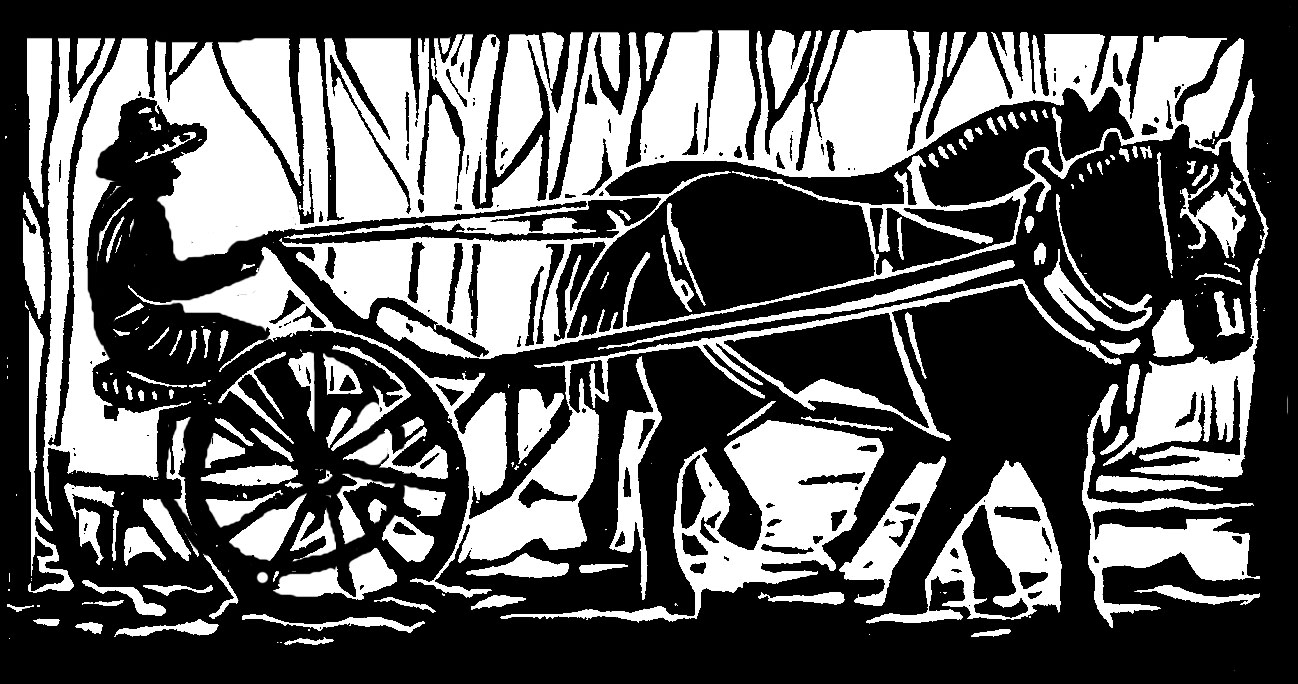For the past several years, on our very small New Hampshire vegetable farm, it seems that we've taken on very large projects. For too many seasons, we have simultaneously juggled cultivating and planting, and weeding and harvesting, with other big schemes: building new greenhouses, installing a new irrigation system, clearing new pasture, constructing a new fence/fortress around the garden to keep out the deer.
But this year, we have been loudly proclaiming, is not going to be about anything new. It's going to be all about the old. Fixing up the old, shoring up the old, patching up the old. It will the Marvelous Year of Maintenance.
Yes indeed, maintenance: on the scale of duct tape, say, and lengths of wire, with maybe some baling twine thrown in for good measure. That would take care of most of our repairs. Oh, ha ha ha.
Not too long ago, we came home after dark one windy evening, and the electricity was out. Rats, we thought. The tender seedlings in our greenhouse need the heat from the propane burner, and the propane burner needs electricity.
Well, maybe the electricity would come back on soon? No, it would not, according to the power company's phone message. It wouldn't be until the wee hours, too long for the plants. All right, we would bring in the most tender of the tender, tomatoes and basil and eggplant, and probably the hardier crops, kohlrabi and cabbage and onions, would be fine.
My fellow farmer and I started ferrying flats of plants into the house, and putting them on the kitchen floor. It wouldn't be too bad. We could take the flats back out bright and early in the morning.
But then the wind started picking up. And picking up. And picking up. And then our greenhouse plastic started picking up. And picking up. And picking up.
“We're losing the plastic!” my fellow farmer hollered, above the roar of the wind. “What are we going to do?”
“Oh no!” I hollered back. “I don't know!”
By now one side of the plastic was flapping loose, with big metal pipes attached. We dove in between gusts with concrete blocks to try to anchor the plastic. Nothing doing. We dove out again when the metal pipes came crashing by. My fellow farmer dove in once more, intending to sit on the plastic, to keep it down, while I got more heavy things. Nothing doing. Now my fellow farmer was picking up.
“Come away! Come away!” I called, in a panic, wanting to lose my fellow farmer even less than I wanted to lose my greenhouse. He did, in a hurry.
“I'm going to cut all the plastic off, or we'll lose the whole thing!” he yelled.
I nodded my vehement agreement, and he started in, amongst the crashing and banging. Tables turned over in the greenhouse, dumping flats of plants. I grabbed still full flats and raced them to the house.
Once the plastic was cut, there was no more danger of flying pipes, and now my fellow farmer and our farmer daughter and I hunched over every little flat, trying to get them one by one to the house before we lost them to the wild wind. We scooped up the dumped plants too, until finally we had 78 flats, all over the downstairs of our house, with tiny trails through each room.
Then my fellow went back out into the blast to feed the horses a very late hay supper. I peered worriedly out the window, wondering what was taking so long. He was by the greenhouse again. What now?
I went back out to see. The plastic had taken out the electric fance, and the horses were quivering in a corner. We hauled the plastic out of the paddock, fixed the fence, and hoped the horses' hay didn't all blow away before they could grab a mouthful.
At last we went to bed. It was midnight. My fellow farmer and I held hands, in bed. None of us had gotten hurt. We hadn't lost the whole greenhouse. We hadn't lost our entire spring crop.
In the next three days, we would replace the hipboards in the greenhouse, which were considerably rotted, and where the problem might have started.
“Well, we've been talking about replacing them for years,” we said.
We replaced the tie-downs, screwing them in firmly.
“That, too,” we said. “We should have done that a long time ago.”
Then we replaced the plastic, on Sunday morning, thanks to a fine crew of volunteers who began at seven a.m.
“Well, we had to put new plastic on pretty soon anyway, in the next year or two,” we said. “So that's something.”
Six hours later, the plants were back in place in the greenhouse. They were looking bedraggled, after the wind and three days with little light and no water, but they were alive. We had lost only ten plants out of the thousands of seedlings.
“We're pretty lucky,” we said.
Then we glanced around, warily.
Who knew what would be next in the Marvelous Year of Maintenance?
Originally published in the Monadnock Shopper News, May 9 - May 15, 2018
